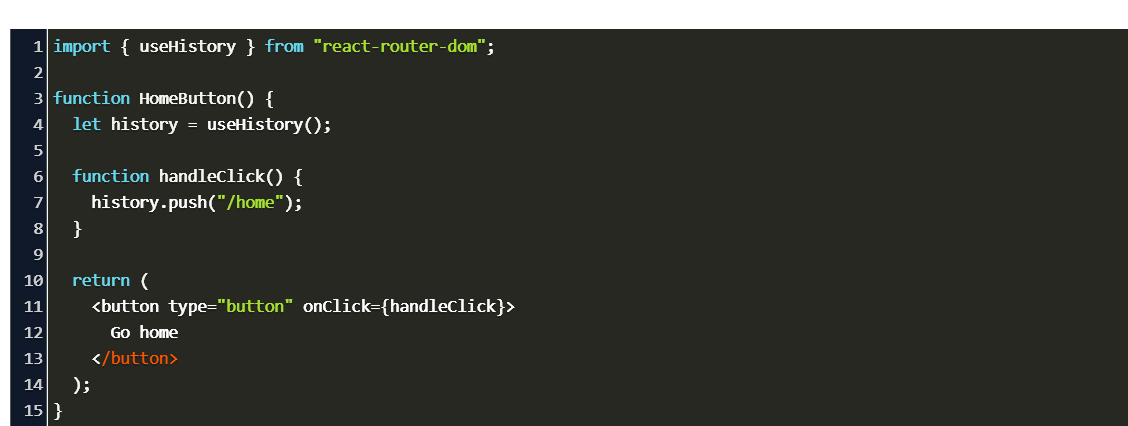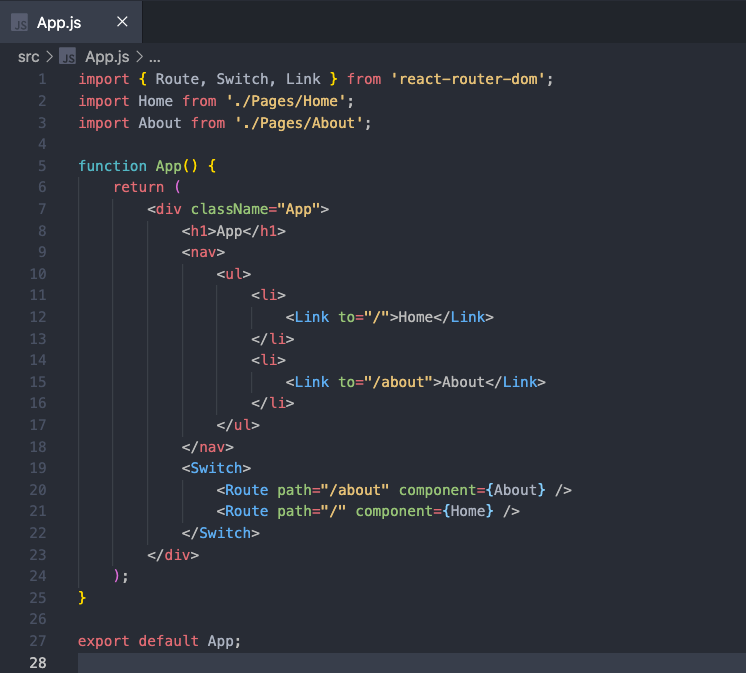

You can also check our React topic page and Next.js topic page for the latest tutorials and examples. Step1: Let first create react application by running the following command in the terminal. Let, create react project, and here is a screenshot of our first example. React + TypeScript: Multiple Select example Let’s take an example to demonstrate how we can implement react basic routing example using the react-router-dom 6 version package.React: Show Image Preview before Uploading.React + TypeScript: Multiple Dynamic Checkboxes.React: Get the Width & Height of a dynamic Element.React + TypeScript: Re-render a Component on Window Resize.React + TypeScript: onMouseOver & onMouseOut events.If you’d like to explore more new and interesting stuff about modern React and frontend development, take a look at the following articles: I cannot use renderLink to render the Link component as that results in a nested hyperlink.

You’ve learned how to pass data through and retrieve data from the Link component of React Router 6. How can I use the react-router Link component with the fabric Nav Component There is a issue 733 that may be related to this, but I am not sure. If something requires more explanation or you need help with the above implementation, feel free to ask in the comment section below.You can pass state via the Link component by making use of a prop named state, like this: Advertisements import from "react-router-dom" MyNavLink does not need the “to” prop anyway because we provide it inside the MyNavLink component definition. Then, we define the MyNavLinkProps type to omit the “to” property, because first of all, “to” is a required property on the NavLinkProps, and second of all, where MyNavLink is called (from ListItemButton), the “to” parameter is not defined to be forwarded, so TypeScript will emit an error as the required prop is missing on the MyNavLink.

We memoize the MyNavLink component in order to avoid unnecessary re-renders (see this). import >Īnd then I’d use it in a Router like this: Ī few things about the code. Second, you use NavLink in order to render links that will display as active whenever the URL is matching the current page URL. Although the documentation on the MUI website provides a few examples on how to achieve a similar result with the Link component (from react-router-dom), I still ran into a couple issues and needed to spend a few hours to figure out what was going on.įirst, I was using react-router-dom v6 and MUI v5 for this example, if you’re using different versions of these packages, you may need a different implementation. So, recently I needed to render a React Router NavLink component as a ListItemButton. DecemUsing React Router NavLink with a MUI ListItemButton + TypeScript


 0 kommentar(er)
0 kommentar(er)
